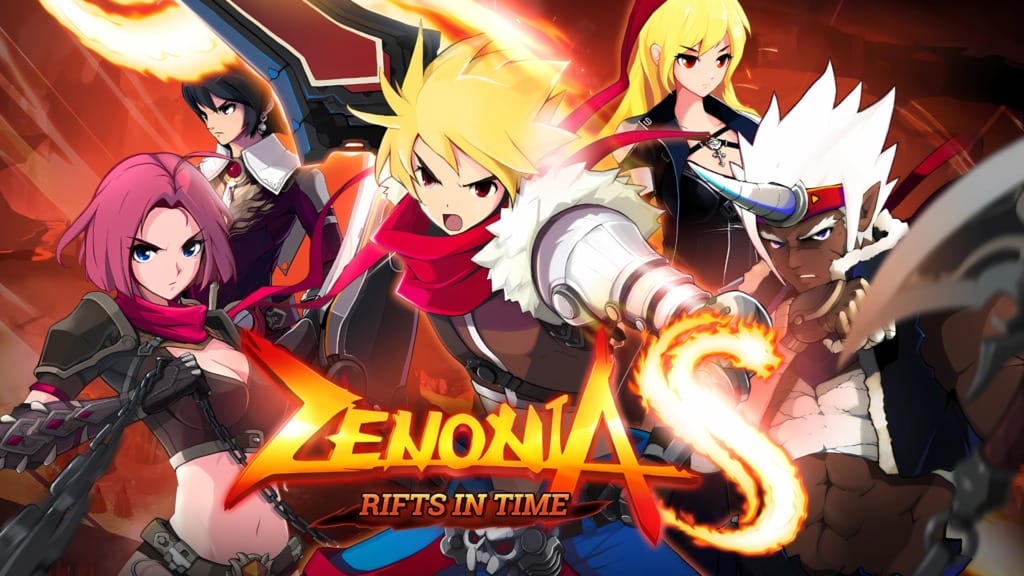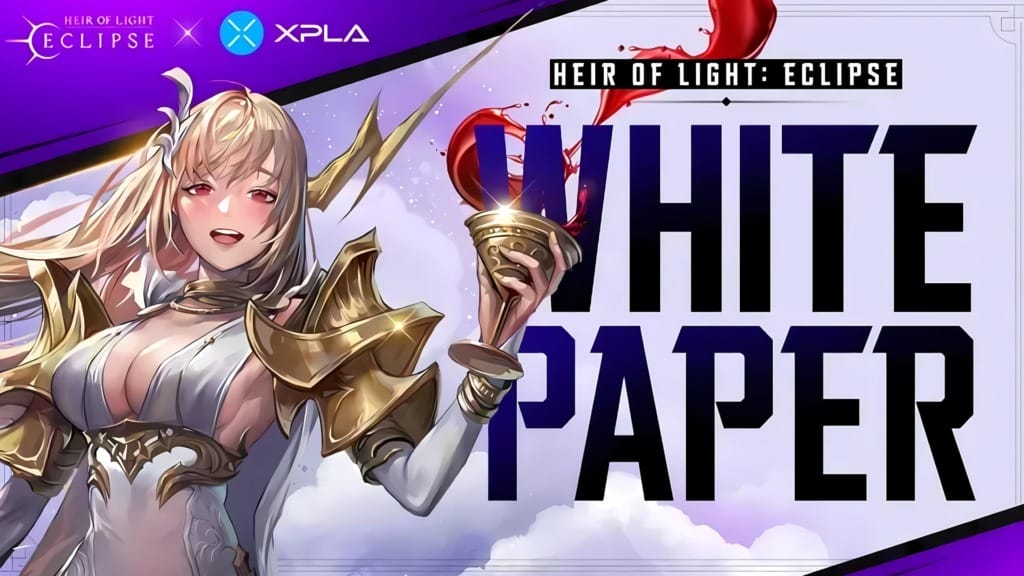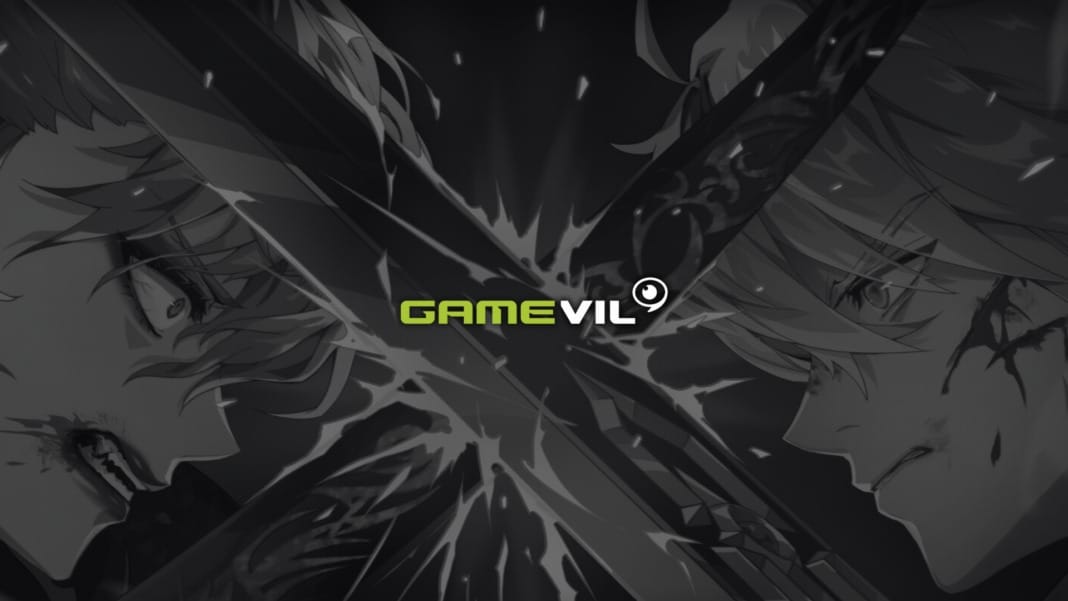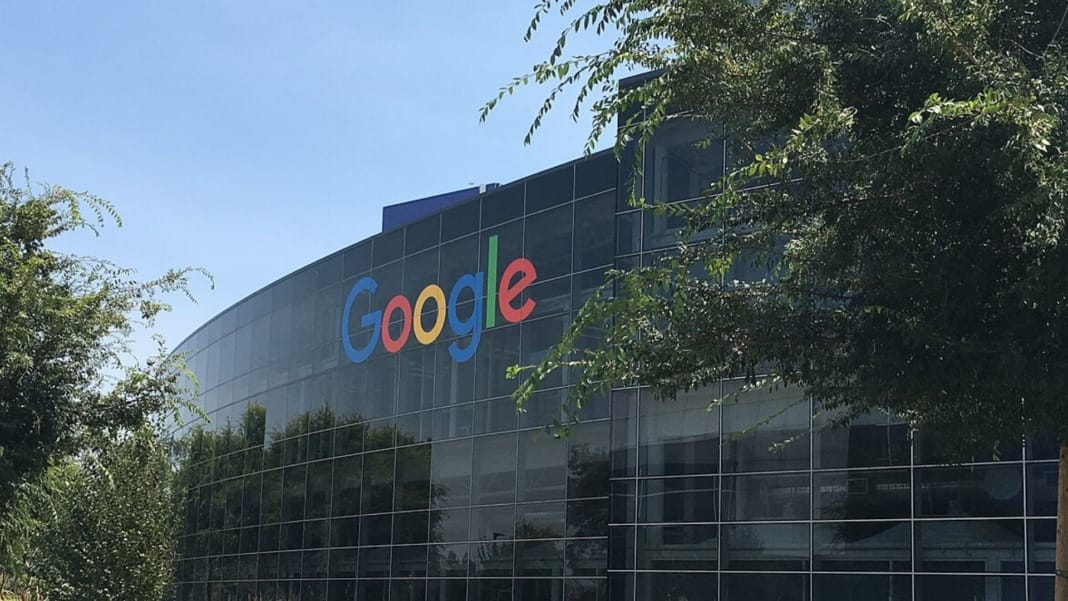In the early 2000s, Gamevil emerged as one of South Korea’s most forward-thinking mobile game developers. Founded in 2000 by James Song, it was part of a wave of companies capitalising on South Korea’s rapid mobile infrastructure growth. While many developers focused on simple arcade games, Gamevil aimed higher—trying to replicate the depth of console and PC games on early mobile devices.
Their breakout moment came with Zenonia in 2009. The title was a turning point for mobile RPGs, combining pixel-perfect graphics, fast-paced combat, and a compelling story. It was a commercial success and helped define the action RPG genre on mobile at that time when smartphones were still gaining traction. Zenonia laid the foundation for a five-part series, which expanded gameplay mechanics, class systems, and world-building with each iteration.

Gamevil didn’t just innovate with RPGs. Its Baseball Superstars series fused sports gameplay with RPG-style progression, where players levelled up characters, customised teams, and followed story arcs. These games were early examples of how mobile developers could add depth to casual formats, a move that would later become standard practice in freemium mobile gaming.
By the time of its IPO in 2009—listing on the Korea Exchange with a market cap of around US$336 million—Gamevil had established itself as a creative force and a business-savvy player. It understood that mobile wasn’t a gimmick; it was the future. And its early commitment to delivering console-like experiences set a blueprint that others would follow.
Strategic growth through acquisition and market consolidation
As competition in mobile gaming heated up, Gamevil made a decisive move to consolidate its position. In 2013, it acquired a 21.37% stake in Com2uS, another South Korean mobile game developer, for approximately US$65 million. Rather than acquiring a smaller player, Gamevil went after a rival at the same level—demonstrating both ambition and strategic foresight.

Com2uS brought Summoners War to the table, a game that would become a global hit thanks to its gacha mechanics, live service updates, and worldwide appeal. The acquisition gave Gamevil a front-row seat to this success. While Gamevil’s own titles were strong in core gameplay, Com2uS had mastered the monetisation and retention strategies necessary for long-term revenue.
The deal also made sense operationally. Com2uS had stronger publishing capabilities and deeper localisation experience for Western markets. Gamevil, on the other hand, had a proven track record in development. Together, they could scale more efficiently while keeping each brand’s identity intact—a rare balance in an industry where M&As often dilute creative output.
This was an early signal from an industry perspective that mobile publishers need to think more like platforms than developers—the acquisition aimed to build an ecosystem with stronger pipelines, global publishing, and scalable technology. Gamevil was no longer just a studio; it was becoming an operator.
Rebranding and the shift beyond traditional mobile
In 2021, Gamevil reintroduced itself to the world as Com2uS Holdings. This wasn’t just a name change but a repositioning of the company’s core strategy. While Gamevil had built its legacy through RPGs and sports titles, the mobile gaming space had shifted dramatically. User acquisition costs were soaring, app store policies were tightening, and copycat titles flooded the market. The rebrand signalled a move from being a game developer to becoming a diversified digital entertainment company.
Com2uS Holdings took on the role of parent organisation, overseeing both the original Gamevil titles and Com2uS’s properties. The company’s leadership made it clear that future growth would come from content and platform innovation. This included a deep focus on blockchain technology, Web3 infrastructure, and digital asset management—all aimed at building new forms of player engagement and ownership.

Their early investments were in building an internal ecosystem. This included launching the XPLA blockchain, which they envisioned as the foundation for decentralised game economies. Unlike competitors who rushed to capitalise on NFT hype, Com2uS Holdings appeared to be taking a long-term approach—developing the tools, infrastructure, and governance models needed to support a new gameplay experience.
In many ways, the move reflected broader trends across the industry. As mobile gaming matured, the challenge for developers became less about launching the next hit and more about sustaining communities and monetisation over time. Com2uS Holdings saw blockchain as a framework for value creation—both for players and the company itself.
Analysing Gamevil’s content legacy and creative innovation
While the company has pivoted to blockchain, its legacy is grounded in the quality of its games. The Zenonia series remains one of the most iconic mobile RPG franchises, especially in the Android gaming ecosystem. Profound lore, crisp combat, and stylised 2D art showed the industry that mobile games didn’t have to be shallow or ad-ridden to be popular.
Baseball Superstars is another standout, not just because of its popularity but also because of its hybrid design. It was both a sports sim and an RPG. This blending of genres was ahead of its time and has since influenced other hybrid games across different platforms. It was also one of the early examples of how narrative could be layered onto traditional sports gameplay.

Less-known titles like Air Penguin and Cartoon Wars demonstrated Gamevil’s range. While more casual, these games reached #1 on the App Store and cemented the company’s ability to diversify across genres. They proved that Gamevil could build both long-term franchises and viral hits—something few mobile studios consistently achieve.
Looking back, Gamevil’s strength was never just in making games. It was in reading the market, anticipating user expectations, and understanding mobile-first behaviour before most others did. That adaptability laid the groundwork for its later pivots and explains why its current direction still holds weight.
What Com2uS Holdings reveals about mobile’s future
Com2uS Holdings offers a blueprint for how mobile gaming companies can navigate change. It has gone from developing genre-defining games to operating a broader digital ecosystem. Rather than chasing short-term success, the company is now positioning itself to shape the next decade of digital entertainment across games, platforms, and decentralised experiences.
Strategically, this transformation reflects three industry shifts. First is consolidation: By acquiring Com2uS, Gamevil showed that scale and synergy matter in a global market. Second is diversification: It moved beyond just mobile RPGs to explore blockchain, NFTs, and creator-driven economies. Third is platform-building: Instead of releasing games in isolation, it’s now creating shared infrastructure where multiple titles and communities can thrive.
What sets Com2uS Holdings apart is its commitment to long-term infrastructure. While others have launched one-off NFT games or short-lived tokens, this company invests in tools, developer platforms, and governance models to support sustained innovation. It’s a more measured bet—but potentially a more resilient one in an industry known for volatility.
For mobile gaming as a whole, this signals a shift in mindset. Success is no longer just about downloads and daily active users. It’s about how deeply players are invested financially and emotionally. Com2uS Holdings is betting that tomorrow’s players won’t just play games; they’ll co-own, shape, and participate in the worlds they love.





